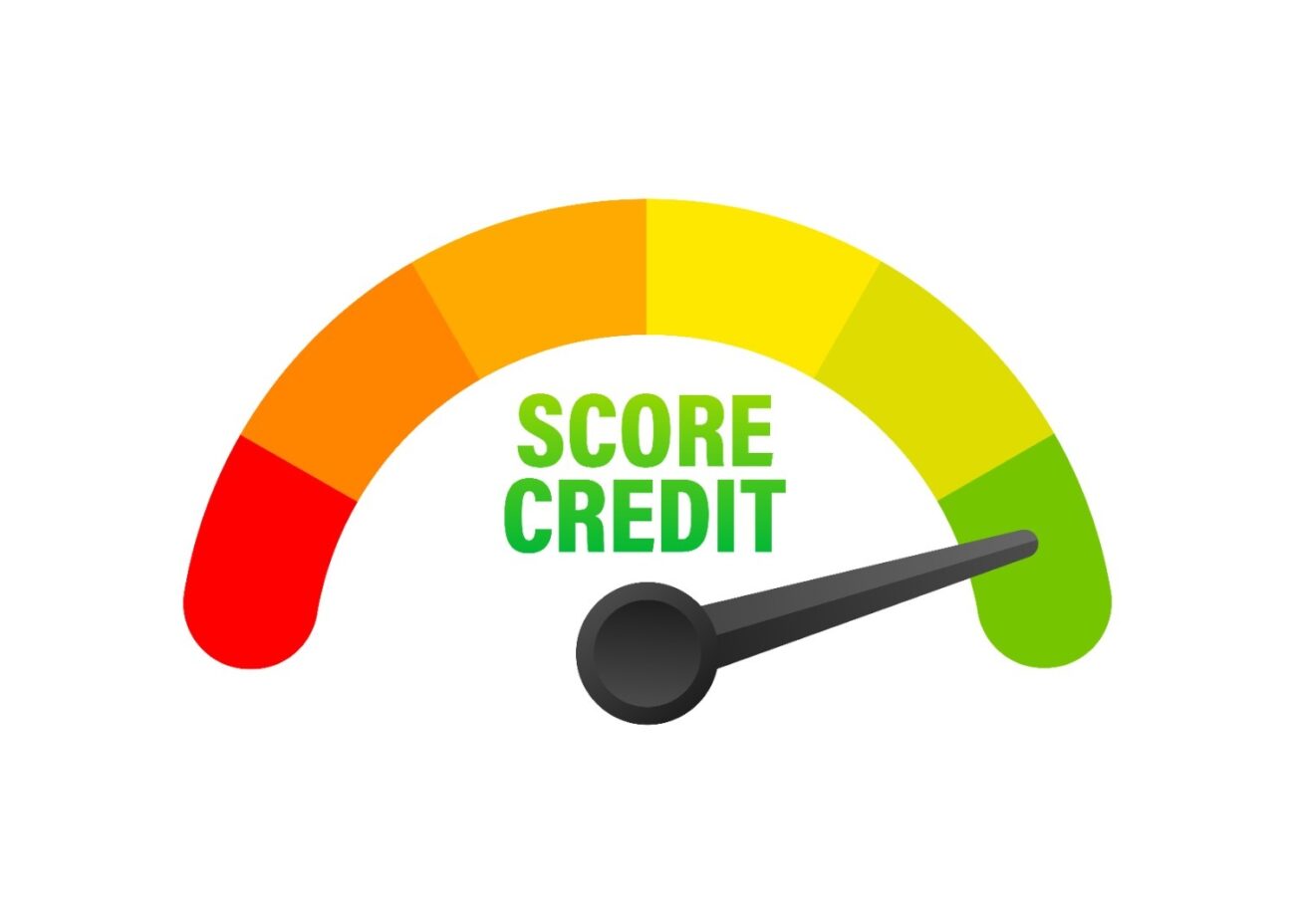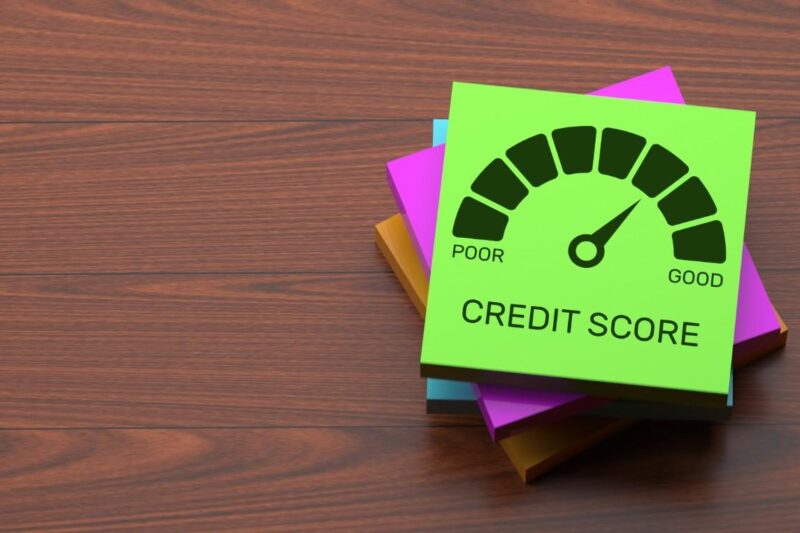Discovering a written-off account in your CIBIL report could be scary. But the fact is that you can rectify it. With a few simple steps, you can learn how to update written-off account in CIBIL and improve your credit health. No tough language, no confusion, just clear steps anyone can follow.
Understanding these procedures also helps you in learning how to revive your CIBIL score post write-off in a simple and trouble-free manner.
What Does “Written-Off” Mean?
A written-off account refers to the case where the bank did not get any payment for a considerable period of time. Hence, they categorised the loan as “bad debt.”
However, you are still liable to pay, and consequently, your credit score is affected significantly.
Updating this status is essential if you wish to rebuild your score by using the right method of updating your CIBIL report.
Write-Off vs Settlement vs Closed
| Status | What It Means | Impact |
| Write-Off | Loan unpaid for a long time | Very bad for the score |
| Settled | You paid less than full | Score improves slowly |
| Closed | You paid the full amount | Score improves fastest |
Step 1: Check Your CIBIL Report
To begin with, download your credit report. Look into the loan particulars, the amount outstanding and the written-off note. It brings to light the changes required and the steps to take for the CIBIL report update.
Step 2: Reach Out to Your Bank or Lender
Once you have the report, get in touch with your bank. Inquire about the total amount to be paid to settle the written-off account.
Several banks provide discounts or flexible payment options. This step plays a significant role in fixing the CIBIL score post-write-off.
Step 3: Clear the Outstanding Amount
Paying the full amount is the best choice because it changes your status to Closed.
If you cannot pay the full amount, you can request a settlement, but it updates your report as Settled, which improves the score slowly.
Even with a settlement, you still complete the core part of how to update a written-off account in CIBIL.
Paying off the full amount is more advantageous because,
- It establishes credibility
- It accelerates the recovery of your credit
Step 4: Obtain Your No-Dues Certificate
The bank should provide you with an NDC (No-Dues Certificate) after the payment. This is proof that your account is cleared. Keep it safe, CIBIL may ask for it if any issue comes up.
Step 5: Request the Bank to Update CIBIL
The bank is responsible for forwarding the new information to CIBIL. Tell them to update your status right away. This update is a crucial part of the process to update the CIBIL report.
In case you made a full payment, request them to mark the status as Closed. If you have settled, ask them to indicate it as Settled.
Step 6: File a Dispute on the CIBIL Website (If Necessary)
Sometimes the report does not update on time. If this happens, go to the CIBIL Dispute Centre and upload your proof. CIBIL will check with the bank and fix your report.
This is one of the strongest methods in how to fix CIBIL score after write-off.
How Long Does CIBIL Take to Update?
| Action | Time Taken |
| Bank update | 30–45 days |
| CIBIL dispute process | 30 days |
| Score improvement | 3–6 months |
Quick and Easy Ways to Improve Your Score More Rapidly
When your account, which was previously written off, gets updated, then there are a few good habits that you can follow to recover faster.
- Make all EMIs payments promptly
- Utilise only 30% or less of your credit limit
- Avoid applying for numerous loans
- Check your report every month
These habits not only support you in how to fix CIBIL score after write-off but also make your steps to update your CIBIL report work more effectively.
Conclusion
Fixing a written-off account is not hard. You just need to clear your dues, collect your NDC, and request your bank to update CIBIL. With these simple actions, you can update written-off account in CIBIL and slowly rebuild your credit score. Just stay patient and follow good credit habits to keep improving.




